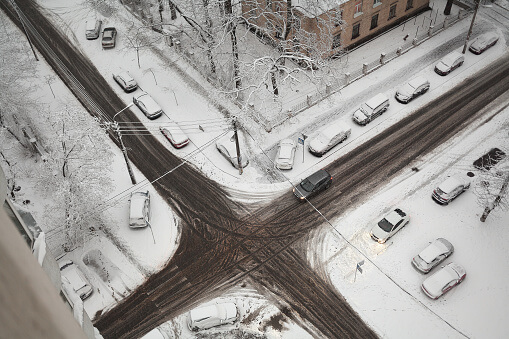Today, drivers in Chicago and surrounding areas can buy cars with more safety features than ever before. Many of these safety features are designed to reduce the types of human error that can lead to preventable motor vehicle crashes. Ideally, this technology will help to ensure that fewer collisions occur and will make the roads safer for everyone.
However, a personal injury lawyer knows that there is also a downside to all of these safety devices: Drivers may come to rely on them too much. Technological devices can fail, and may not always work as effectively as they should. Drivers who become too dependent upon safety devices to prevent collisions may not give the road the careful attention they need, and road safety could actually be compromised.
Safety Technologies Inconsistent in Effectiveness
Recently, AOL Autos published information on a study conducted by AAA and MIT AgeLab. The purpose of the study was to assess whether some of the most common in-vehicle safety features could be effective at preventing collisions. Some of the technologies tested included lane departure warning systems and blind spot detection systems.
Around 75 percent of cars in 2014 offered a blind spot detection system as an optional add-on. Two percent of 2014 cars actually offered this feature as standard equipment. In addition, 50 percent of vehicles in 2014 could come equipped with lane-keep technology or lane detection warnings that alert drivers when they have veered out of their own lanes.
The AAA and MIT study took a look at cars from multiple different vehicle manufacturers that had these features. The results were disturbing. The report revealed that the blind spot monitoring programs did not always detect vehicles that were within a driver’s blind spot if those vehicles were moving too quickly. Many drivers rely on blind spot detectors when they are merging onto highways, but this is a time when these systems are especially prone to problems because cars on highways tend to ride by so fast.
Blind spot monitoring systems were particularly bad at being able to identify when a motorcycle had gone into the driver’s blind spot. The detector systems generally did not identify a motorcycle until around 26 percent later than the detectors picked up passenger cars. By the time the blind spot detectors identified the motorcycle in the path, there was just 14 feet of distance on average between the vehicle and the motorcycle. If the car was going 50 mph below the speed of the motorcycle (or more), then the blind spot detector never identified the motorcycle in the driver’s path.
Lane detection systems also had reliability issues. These types of systems tended to malfunction when the weather was bad, when road conditions were not perfect, when pavement was worn, or when the driver was in a construction zone.
Drivers need to know that these systems are prone to failure, and motorists should not rely on them to help avoid collisions. While these safety devices can add an additional layer of accident prevention, drivers are ultimately responsible for paying attention and making smart choices.
A Chicago, IL accident attorney can help after an injury. Call Coplan & Crane at 800-394-6002 to schedule your free consultation. Serving Chicago and surrounding areas.
















